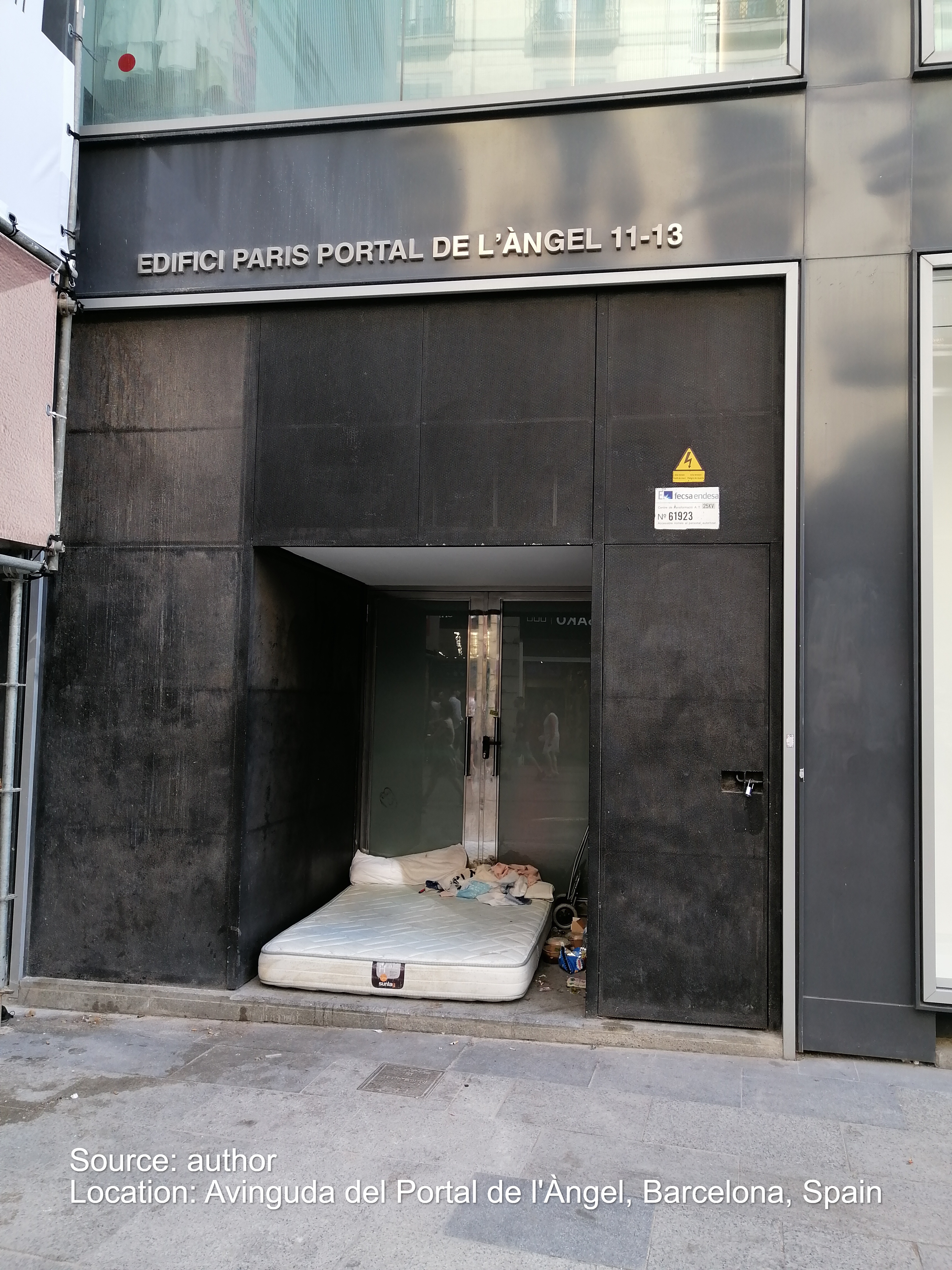Area: Design, planning and building
Financial wellbeing is an emerging concept with valyrious definitions, many of which focus on the financial capabilities of individuals. A household's financial wellbeing encompasses its capacity to comfortably meet current and ongoing financial responsibilities, fostering a sense of security about future obligations while enjoying the ability to make life choices (Aubrey et al., 2022). Riitsalu et al. (2023) describe it as "feeling good about one's personal financial situation and being able to afford a desirable lifestyle both now and in the future" (p.2). Brüggen et al. (2017:229) frame it as "the perception of being able to sustain current and anticipated desired living standards and financial freedom." This perception highlights the robust link of financial wellbeing influencing human wellbeing, which is a combination of "feeling good and functioning well" (Ruggeri et al., 2020:1). Other terminologies are used interchangeably to describe financial wellbeing, including financial health, financial resilience, and financial freedom (Riitsalu et al., 2023).
In the UK, the public health sector cares to raise awareness of financial wellbeing due to its impact on households' health and populations' productivity. On their official website page on Financial Wellbeing, they used the definition by The Money and Pension Service (Gov.UK, 2022: online) as follows:
"Feeling secure and in control of your finances, both now and in the future. It's knowing that you can pay the bills today, can deal with the unexpected, and are on track for a healthy financial future."
These explanations and the terminology used, including "afford" and "sustain," underscore the interconnections between financial wellbeing and the vital components of household life. These components encompass mental health, productivity, and pursuing economic sustainability in the present and future. Therefore, a household's financial wellbeing is pressured by various housing-related factors, including the costs of renting or buying and non-housing costs like utility bills and repairs, all of which can affect the household's income.
The issue of rising housing costs directly undermines financial wellbeing. This trend can be attributed to several factors, including increased construction costs, labour shortages, and rising material prices (Brysch & Czischke, 2021). Furthermore, there is a notable shortage in affordable and social housing supply (Emekci, 2021; Gov.UK, 2022). This scarcity is partly due to decreased public investment in new dwellings (Housing Europe, 2021; OECD, 2020). This issue further burdens low-income households who face high private rental costs and a gradual reduction in housing benefits (Tinson & Clair, 2020).
This issue also leads many households to cut back on essential needs. For instance, interviews with social housing residents in Scotland with low to modest incomes revealed a tendency to prioritize rent payments over other necessities, such as food and heating (Garnham et al., 2022). Similarly, Adabre and Chan (2019), , citing Salvi del Pero et al. (2016), warned that:
"Households who are overburdened by housing cost may cut back on other important needs such as health care and diet. Besides, in the medium term, households may trade-off costs for lower quality housing such as smaller size of rooms and housing in poorer locations which lack better access to education and other social amenities. The latter has often been cited as the cause of residential segregation."
Another financial burden is non-housing costs involving energy costs for heating (AHC, 2019; Stone et al., 2011). According to Lee et al. (2022), this issue persists, contributing to financial strain and even excess winter deaths in the UK. Poor housing quality raises energy bills (AHC, 2019; Lameira et al., 2022). It presents the risk of considering dwellings as affordable due to local authority support focusing on housing costs alone (Granath Hansson & Lundgren, 2019), regardless of its quality impacting energy bills (OECD, 2020). Social housing residents, particularly the ageing population and those living in poverty are at increased risk of fuel poverty (Tu et al., 2022). Fuel poverty occurs when more than 10% of a household's income goes towards energy consumption for heating (Howden-Chapman et al., 2012).
Looking forward, two factors could continue burdening households’ financial wellbeing. One factor is the fluctuating energy prices that are often increasing, such as the case in the UK (Bolton, 2024). Another factor is the impact of climate change, leading to colder winters and the potential for overheating, increasing energy demand during extreme weather conditions, as warned by the Committee of Climate Change in the UK (Holmes et al., 2019).
Non-housing costs associated with extensive housing repairs can also impact household financial wellbeing, which may arise from several factors. For instance, selecting low-quality construction materials, workforce or equipment to reduce construction costs might lead to increased repair costs over time (Emekci, 2021). Hopkin et al. (2017) highlighted a related issue in England, where new housing defects were believed to be partly attributed to the building industry's prioritization of profitability over customer satisfaction. Another factor could be improper periodic maintenance, potentially accelerating the physical deterioration of the dwelling (Kwon et al., 2020). Additionally, dwellings may fall into disrepair due to unresponsive maintenance services from housing providers, and residents may lack the financial means to cover repair costs themselves (Garnham et al., 2022).
Financial wellbeing is closely tied to household income. Low-income households are particularly vulnerable to being burdened by rising housing costs (Housing Europe, 2021; OECD, 2020), leading to financial insecurity (Hick et al., 2022). In addition, they might suffer housing deprivation due to the increasing housing and non-housing expenses coupled with their declining incomes (Emekci, 2021; Wilson & Barton, 2018). The financial pressure due to low income is further exacerbated if a household member has a disability or severe illness, potentially consuming up to 35% of their income (AHC, 2019). Recently, the COVID-19 pandemic period highlighted households' financial wellbeing vulnerability to housing-related financial challenges (Brandily et al., 2020; Hick et al., 2022; National Housing Federation, 2020). During this period, job losses led to difficulties covering housing and non-housing costs, with a third of low-income social housing residents burdened by housing costs (OECD, 2020).
The issues discussed above on dwellings being of poor quality or unaffordable harm financial wellbeing, leading to residential segregation (Adabre & Chan, 2019; Salvi del Pero et al., 2016) as well as intensifying gaps of social injustice, health injustice, poverty, and fuel poverty (Barker, 2020; Garnham et al., 2022). Without addressing those housing-related issues, many households' financial wellbeing would remain vulnerable to economic insecurity even if they live in housing considered to be "affordable" in terms of rent-to-income ratio.
Created on 14-10-2024
Author:
A.Elghandour (ESR4),
K.Hadjri (Supervisor)
Read more ->



